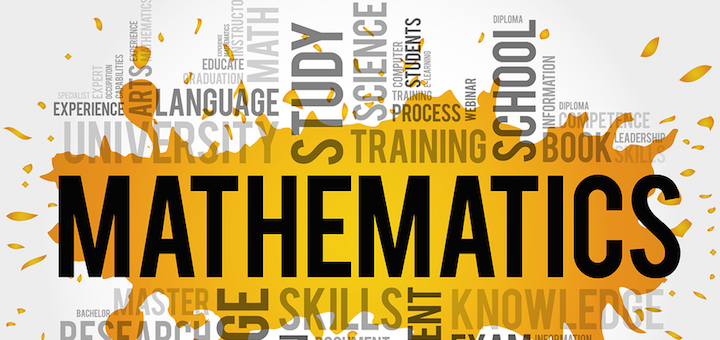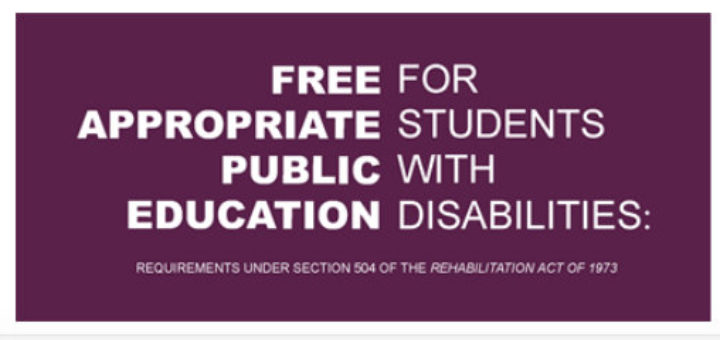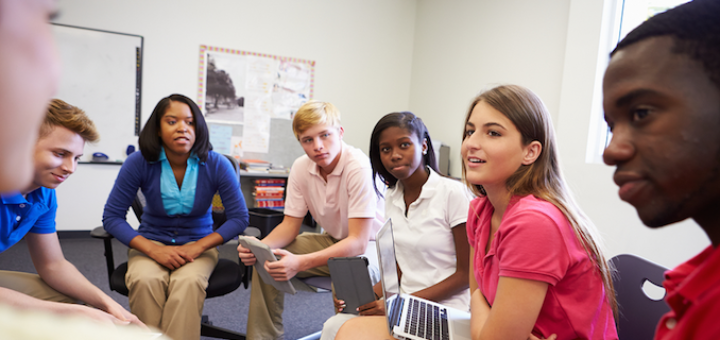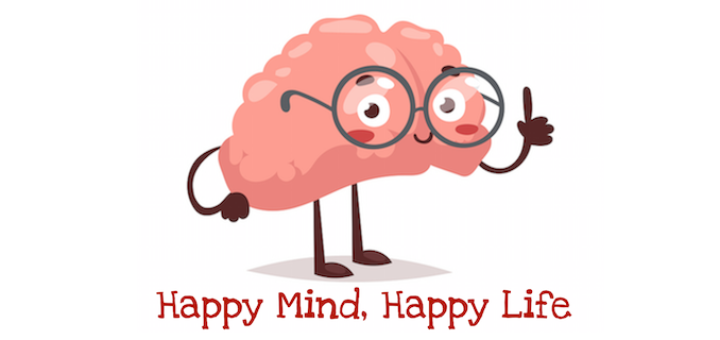Teaching and learning in grades 4-8
Many students over-annotate text to the point where they are noticing everything but not determining what’s MOST important. Literacy expert Sarah Tantillo shares tested strategies to help students detect “the purpose of reading,” including her What’s Important Organizer.
Malke Rosenfeld’s Math on the Move is about changing student mindsets about mathematics through whole body movement. Linda Biondi finds it packed with K-8 classroom tested activities, coaching tips, video clips and more to have students “dancing in the aisles”!
In Handbook on Teacher Portfolios, longtime education researchers Tucker, Stronge, and Gareis present a comprehensive case for using teacher portfolios for teacher evaluation and professional learning. Highly recommended by writing project director Diana Grady.
Anna Roseboro’s Teaching Writing in the Middle School can serve as a practical handbook to support the work of beginning English Language Arts teachers. Literacy coach Cynthia McKenzie says those new teachers will find many helpful ideas in the year-long guide.
Noting the recent Supreme Court decision affirming high expectations and educational opportunities for all students with disabilities, Elizabeth Stein looks at what’s needed in the classroom to ensure an enduring commitment to inclusion continues to move forward.
Bit by bit, during each Friday’s 43-minute current events session, Sarah Cooper’s eighth graders come closer to a democratic classroom culture that students really own – through their ideas, through their questions, through their wondering how the world works.
Without turning his classroom into “test prep central,” teacher Kevin Hodgson is working to anticipate what his state’s evolving standardized tests will contain and how best to help his sixth graders prepare themselves with plenty of reading and writing strategies.
Integrating performance-boosting Social Emotional Learning requires educators to broaden school goals beyond pure academics. Debbie Silver shares four tips for teaching “Thrive” skills that lay the foundation for healthy, centered, and successful young adults.
Douglas Reeves and actor son Brooks Reeves invite K-12 educators to help students experience creativity by incorporating experimentation, evaluation, and follow-through in the classroom. Pre-service teacher Sophie Cameron finds much of value in The Myth of the Muse.
Curious about the “Cart of good and evil” (Tip #153)? Retired principal Mary Thompson finds lots to like in Francy Fleck’s tips for succeeding in the challenging position of school leader. Quotations and research support the tips, and Thompson offers a rich sample.











































